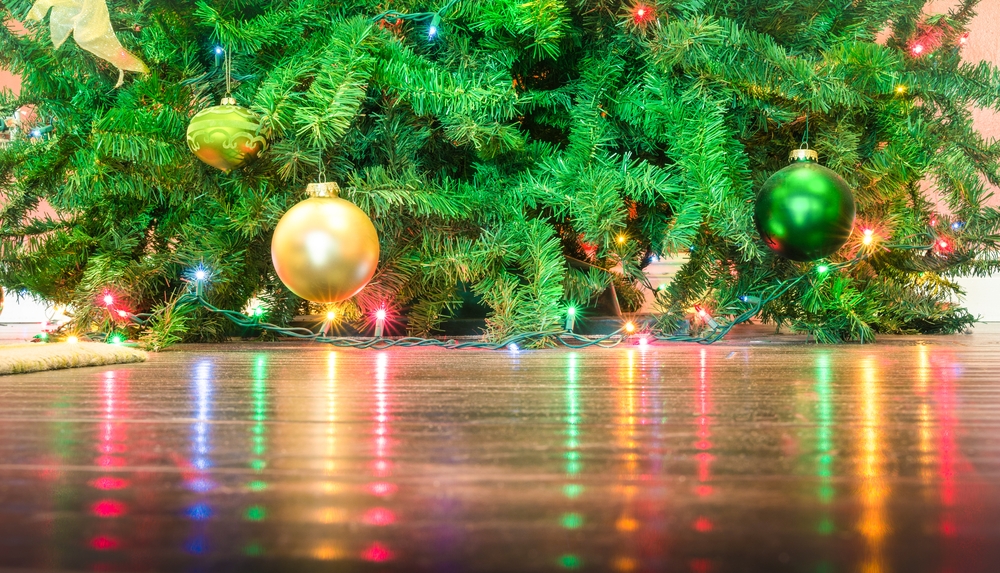Exposure to lead is an everyday occurrence for most Americans. Generally, exposure happens through inhalation or ingestion of lead, but there are other less common routes of exposure, like shrapnel, dermal absorption, or open wounds.
Many objects in our lives can expose us to lead without us ever knowing. Below are three less common sources of lead exposure that you and your family should be aware of:
1. Playground Equipment

Lead paint and products weren’t outlawed until the late 70s and early 80s, so older playground equipment built before 1978, especially the painted metal variety, likely has at least small amounts of lead from when it was originally built.
When your family heads to your local playground, ensure children are not putting their mouths on equipment. Even plastic playground equipment can contain small amounts of lead from the manufacturing process, so it’s important to be aware of your child’s activities at all times while they play.
2. Water

With all the news surrounding the Flint, MI water crisis, water might not seem like a less common source of lead anymore, but lead pipes have been outlawed since the 1980s, so it is rare for modern doctors or patients to attribute symptoms to lead poisoning unless a patient lives in an older home.
The ATSDR says that approximately 7% of homes in the US will have lead leached into their water from older lead pipes or other types of pipes that were soldered using lead. That doesn’t seem like much, but 7% is equal to about 8.8 Million households, so the number of people affected is staggering.
The best way to reduce your family’s risk of exposure is to use a water filtration system certified to remove lead levels by an independent organization such as the National Sanitation Foundation.
3. Your shoes

No, your shoes are probably not made using lead. However, since lead still exists out in our environment, especially if you work in an older building, live or work in a large city, or are regularly exposed in the workplace, you likely have lead on the bottoms of your shoes.
Because of your almost inevitable daily exposure to lead, when you walk into your home without first removing your shoes, you are exposing the floor of your home and bringing in lead dust that your home’s air filtration will need to deal with later on.
Taking off your shoes and leaving them outside of the home is the best way to avoid contamination from the particles they hold. If this is not an option, ensure you store shoes away from furnaces or air vents, and wash them regularly to remove contaminants.
4. Artificial Christmas Trees

Lead use in many products is prohibited in the United States, but not all products are subject to this prohibition. Some imported or “pre-regulation” products are still able to use lead in some capacity. One of the most common of these products is the artificial Christmas tree.
Your exposure to the lead contained in these trees will be mainly through inhalation if it is not properly sealed. However, animals and small children may ingest the lead by eating pieces of branches or putting their mouths on the base and poles of the tree.
Is Exposure Unavoidable?
The honest answer is yes, but it is important to note that you can protect yourself and your family by reading ingredients on supplements, digging into product manufacturing practices, and using a water filtration system in your home.
Although lead is everywhere in our environment, we can significantly reduce the effects of it by taking simple precautions every day.


